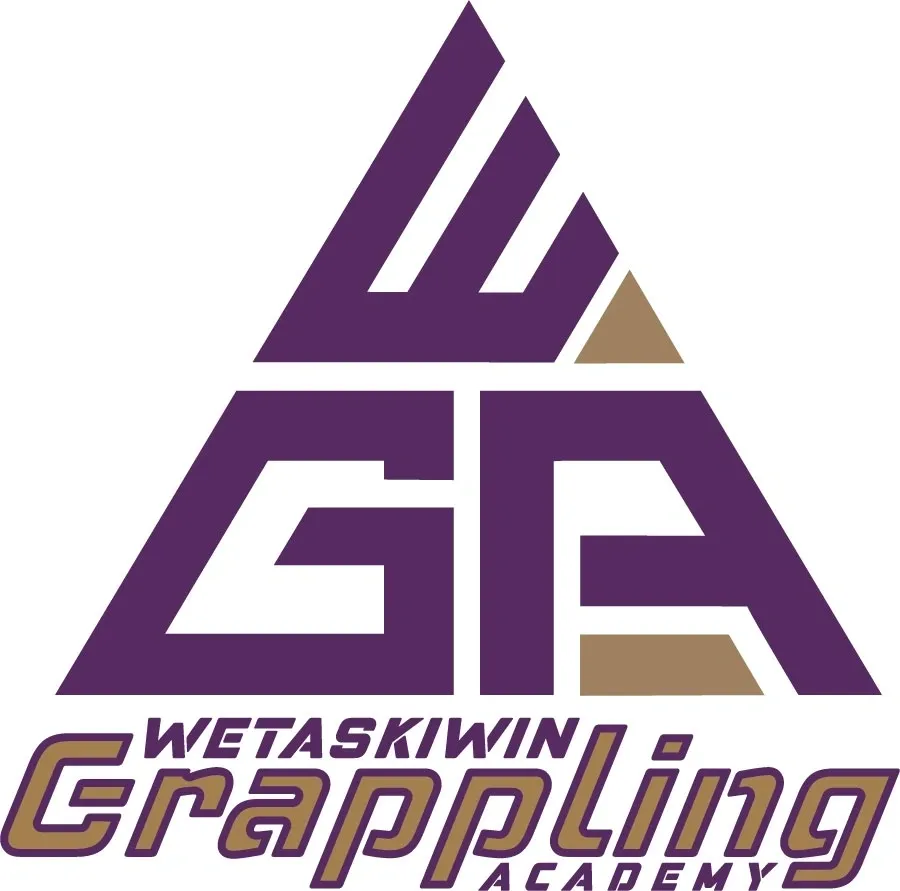
ACL (Knee) Injury Prevention
Problem: Non-contact ACL injuries (2x to 10x in females) = biomechanics, equipment, and training
Solution: ACL injury prevention interventions to correct technique/movement pattens
Non-Trainable Risks: Anatomy cannot change; thus, techniques must be coached to alleviate as much stress on the ACL as possible. Athletes facing these challenges may have to put in extra work.
· Valgus Stress From “Q-Angleâ€: Larger Q-angle stresses on the ACL.
· Intercondylar Notch of the Femur: The ACL passes through this bony structure. A narrow intercondylar notch creates more friction on the ACL
· Hormone Differences Between Males & Females: eg relaxin
Trainable Risks: Balancing strength around joints and correcting flawed movement/motor programs can reduce the incidence of non-contact ACL injuries
· Quadriceps Dominance: Shin bone gets pulled forward thus shearing the ACL
· Valgus Stress from Technique or Muscle Imbalance/Inhibition: Knee caves inward
· Lack of Control Over Centre of Mass: Poor weight distribution over the base of support contributes to flawed lower body mechanics. Eg: valgus stress on knee
Common Incidents Leading to Injury:
· One step stops: COG over base of support leading to valgus stress on knee
§ Train: Trunk control/core (sagittal plane)
§ Coach: Short choppy steps before stops
§ Drill: One step stops expected and unexpected at appropriate intensities
· Cutting tasks: Lack control of tibial rotation
§ Train: Hip Airplane (horizontal plane)
§ Coach: Hip Alignment and weight distribution over base of support
§ Drill: Agility ladder
· Sudden changes of direction: COG over base of support
§ Train: Core strength, endurance, and timing (frontal plane)
§ Coach: Deceleration using principle of impulse (change in momentum = force x time)
§ Drill: arm swing and ROM at hips, knee, & ankle
· Lapse in concentration: New motor programs become the default (unconscious competence)
§ Train: Groove essential motor programs
§ Coach: Reps at appropriate intensity
§ Drill: Dual tasking
· Rotation at the knee (tibia): Learn to recognize & avoid high risk situations,
· Landing from a jump with inadequate knee and hip flexion
o Assess squat, posture, ROM, muscle imbalances, remove faulty motor patterns and replace with improved (Kinesiopathologic model exam)
o Train: based on specific person-to-person findings in KPM exam
o General Training and Coaching Strategies
§ Ensuring movement occurs through sagittal plane
§ Practice “soft landing†= absorb landing force over greater ROM, initial landing on forefoot, knees track over toes
§ Training: reduce quad dominance by training hip extensors and knee flexors. 10 weeks of ACL injury-prevention training decreased knee extensor moments and increased hip extensor moments
§ Motor learning: experience dependent plasticity refers to alterations in the brain in response to motor-skill learning. Skill acquisition training is superior at reduce ACL injuries compared to strength training ***consider quad dominance!
§ Core training: trunk control, body awareness, and decision making = control over COG relative to base of support
§ Coaching: practice game situations ie players practice unanticipated changes in direction ***ensure appropriate intensity based on athletes’ capabilities
· Consider: continuum of open – closed systems
